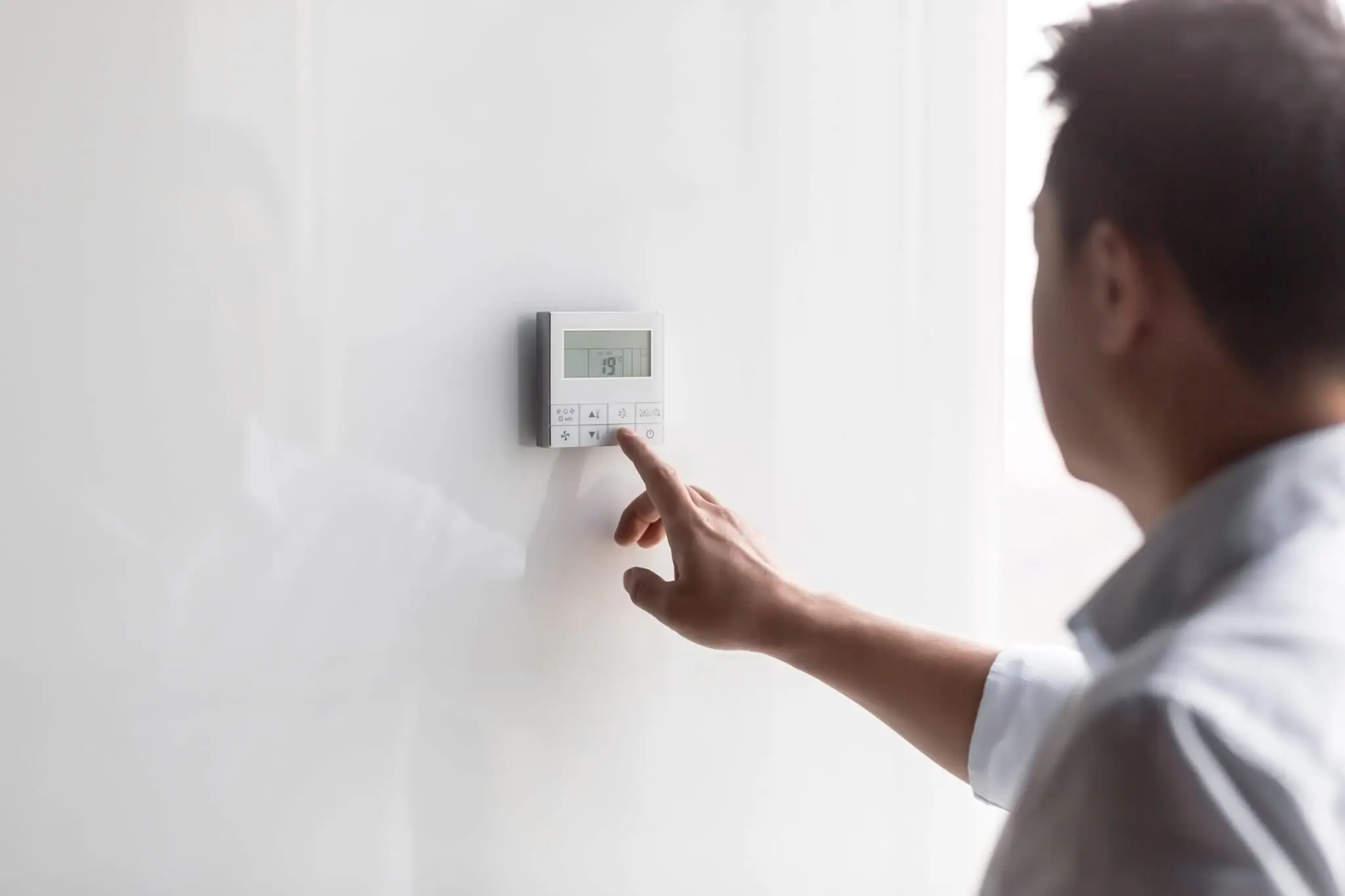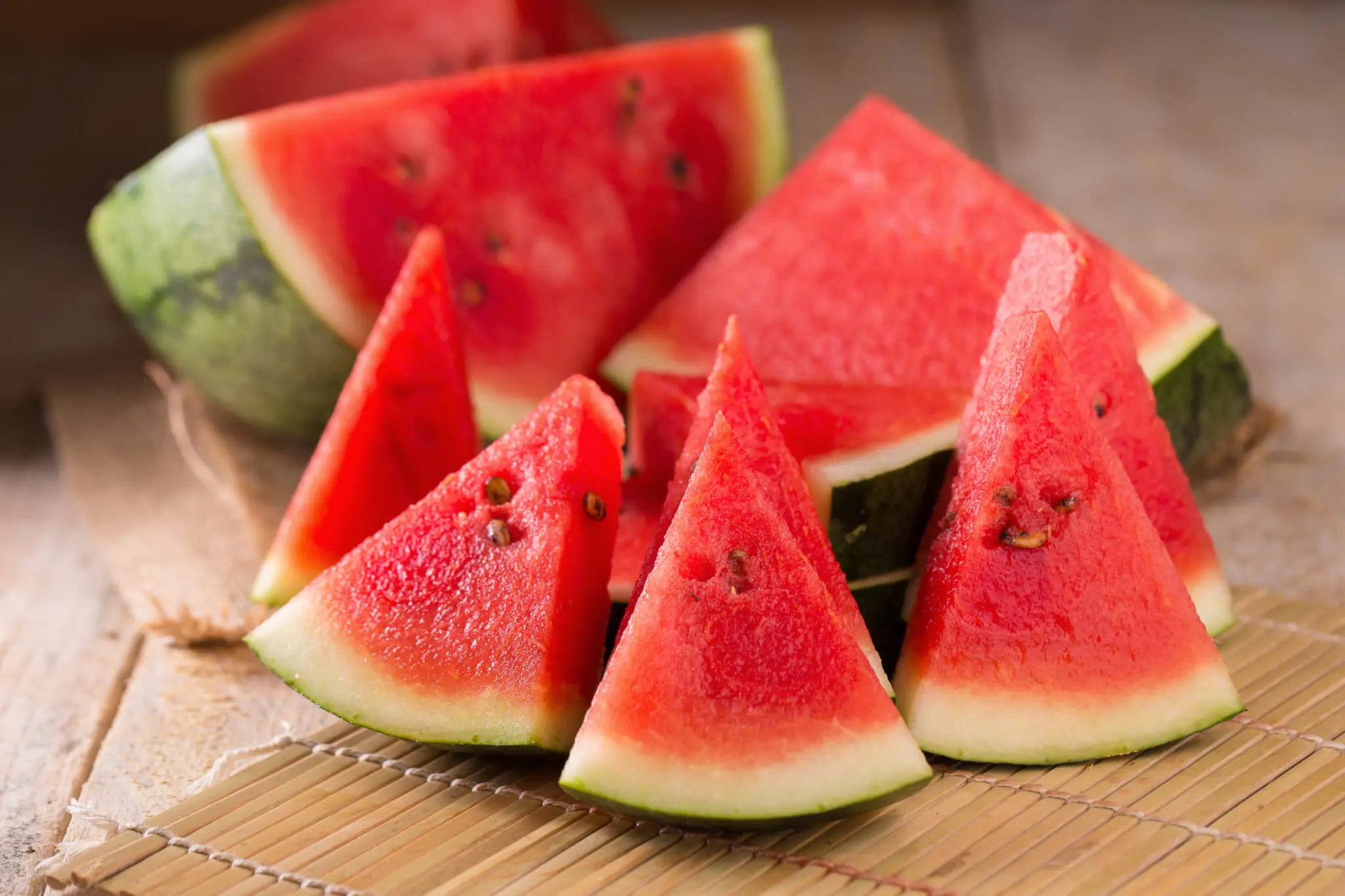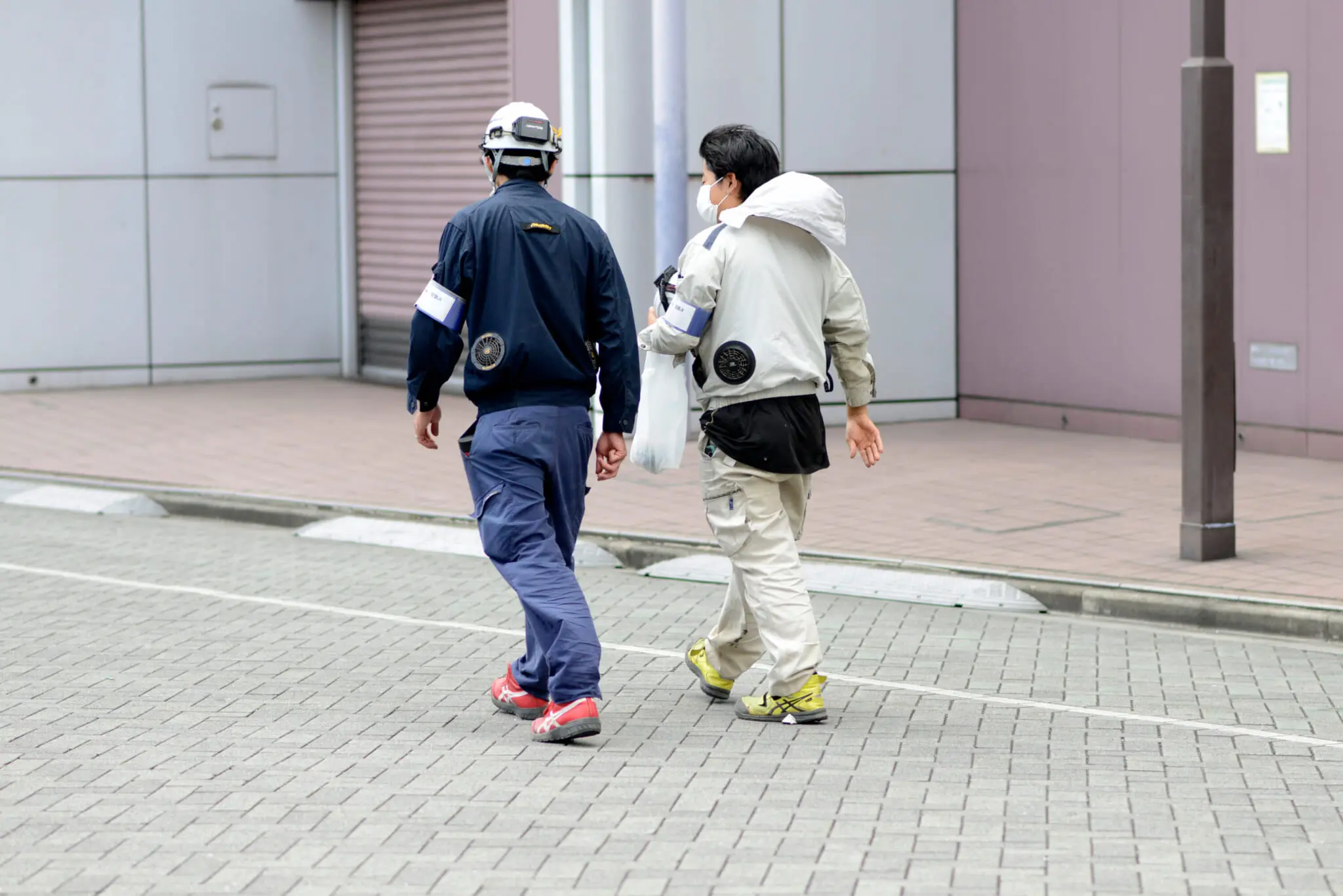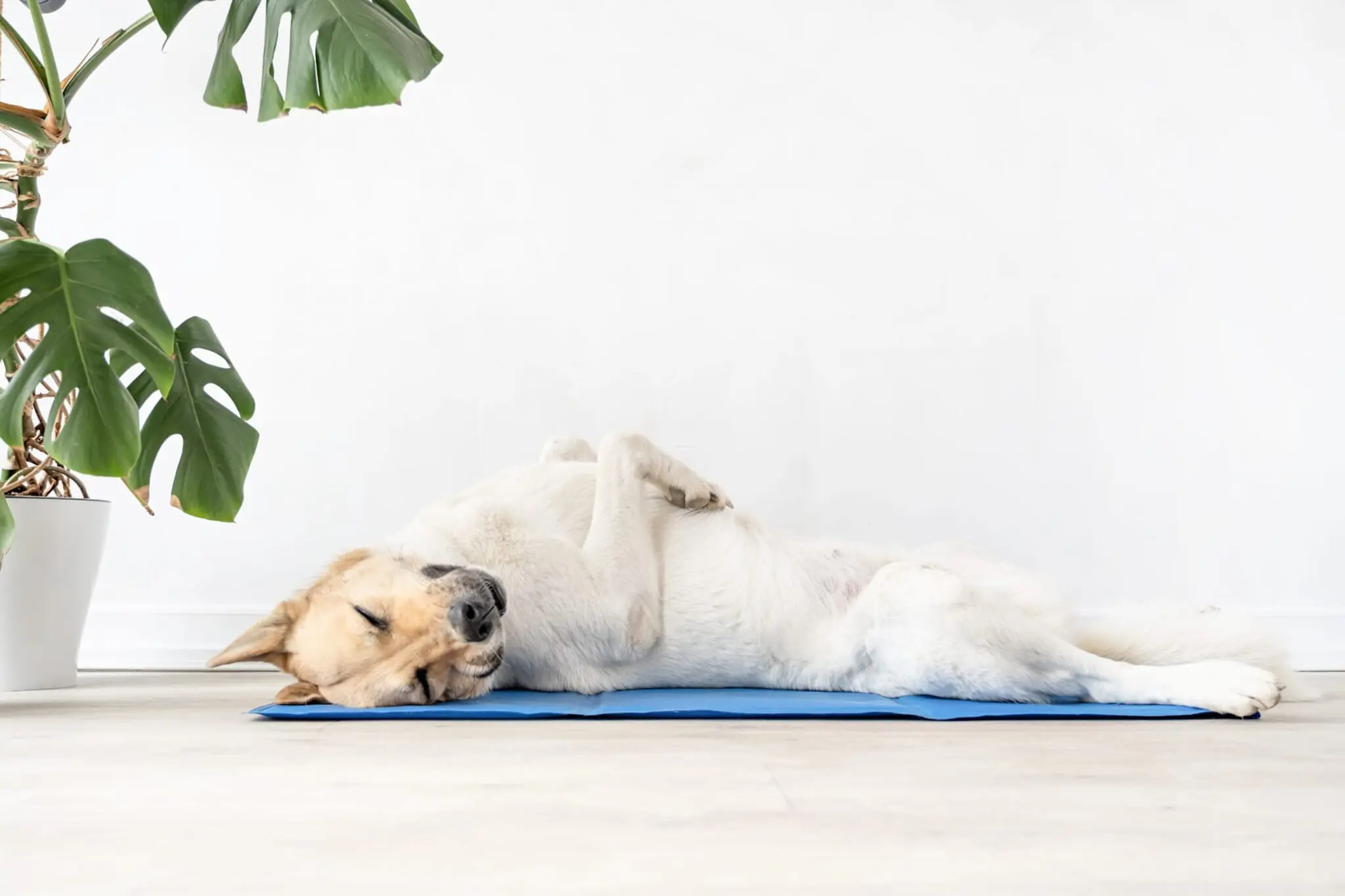What is Natsubate?
First off, let’s check the word itself. In terms of etymology, natsu means “summer” in Japanese, while bate refers to the Japanese verb bateru, which means to be exhausted. So literally, the word translates to “summer exhaustion.” But it’s much more than simply feeling a bit sleepy. Natsubate affects our appetite, mood and energy, turning you from a genki person into a sad, tired slug.
When it’s hot, the density of oxygen in the air decreases, which means that the body has to work harder than normal to take in as much oxygen as is required. The body sweats during the heat as well, which leads to loss of water and salt. We need to replenish what is lost, but unfortunately, it can be hard to keep drinking as much liquid as our body needs. Unsurprisingly, dehydration is the biggest reason that people suffer from natsubate.
If left untreated, natsubate can result in people being hospitalized or even (mainly among those over 85 years old) death. In recent years, as heatwaves have worsened, natsubate-related deaths have increased nearly tenfold.
Luckily, there are plenty of tips and tricks designed to keep natsubate at bay.

How to Beat Natsubate
There are several aids to help sufferers get through natusbate. These range from food and drink to accessories and clothing. In modern times, we also have pills and gadgets to help us through, so don’t despair.
Some Practical Advice
Air Conditioning
It goes without saying that AC is your friend. Setting your AC to the dry setting will take the humidity out of the air and cool down your home less harshly than bigger temperature changes.
Pro tip: On some trains, select cars have weaker AC settings. Look for the 弱 sign on the car door or on the platform.
Uchimizu
Many places in Japan will partake in uchimizu, which is the practice of sprinkling water on the streets to beat the heat. The modern alternative is to install water mist to cool the area.

What to Eat to Beat Natsubate
Advice from the World Health Organisation states that during hot weather, we should eat smaller amounts with more frequency. It’s also recommended to avoid foods high in protein. Heat fatigue can hinder this, as one of the most prevailing symptoms of natsubate is loss of appetite. But don’t worry, there are many different foods that contain natural antioxidants and nutrients and can stop appetite loss before it hits. Look for ingredients and dishes high in B vitamins, such as thiamine (vitamin B1), electrolytes, magnesium and acids, such as folic and citric acid.
Japan has had many years to develop natsubate-beating foods. Traditional washoku includes a lot of pickles. Umeboshi, also known as Japanese sour plums, are high in salt and folic acid, which are great for replenishing salt lost through sweat. Elsewhere, the Okinawan favorite mozuku (algae in vinegar) provides a zingy kick. Stocks, such as fish stock, konbu dashi and shiitake dashi are good for boosting people’s appetites. Spices and herbs, such as chili peppers, wasabi and ginger are also great for this.
Seasonal summer fruits, such as nashi (Japanese pear) and watermelon contain plenty of antioxidants and vitamins to help combat fatigue. Both fruits have a low glycemic index (GI) content, which means that they keep you fuller for longer, so a slice of watermelon should keep you full until the next time you can eat. Bananas are high in magnesium and potassium, two nutrients that are good for circulation and that help the heart, which is working harder to keep the blood circulating and the body cool. In terms of vegetables, summer varieties such as cucumber and eggplant are recommended.
Salt tablets, a Japanese innovation designed to help replenish lost salt, are available at most drug stores and supermarkets.
What to Wear to Beat Natsubate
Wearing loose-fitting clothes is a good way to keep the body cool. Loose clothing flaps around the body as you move, creating a natural breeze. In comparison, tight clothing can be restrictive and become a sweat trap.
While loose-fitting clothing is generally the best thing to wear during hot weather, a special mention must go to brands that have created special types of clothing especially for the heat. Uniqlo, for instance, currently has a long-running Airism range, which is designed to absorb and subsequently release sweat at the same time. Muji also does an activewear range called Muji Walker, which is UV resistant, with sweat-wicking properties.

Photo by image_vulture via Shutterstock
Cool Gadgets
The country of gadgets and gizmos, Japan has plenty of innovations designed to keep you cool in the hot weather.
Fans
They may look like over-ear headphones but wearable fans are the newest thing in cool fashion. If you’re not quite sold on having a massive gadget around your neck all day, there are plenty of alternatives in the electronics section of stores like Loft and Don Quijote. Another option is a cooling vest. For those who fancy something a bit more traditional, paper fans are still used by many.
Parasols
Carrying a Japanese parasol, or higasa, is an incredibly effective way of staying cool. Just imagine carrying around a patch of shade with you.
Cool Sheets
Cool sheets are precisely that. The warm weather version of winter heat packs, cool sheets come in different shapes for different parts of the body.









